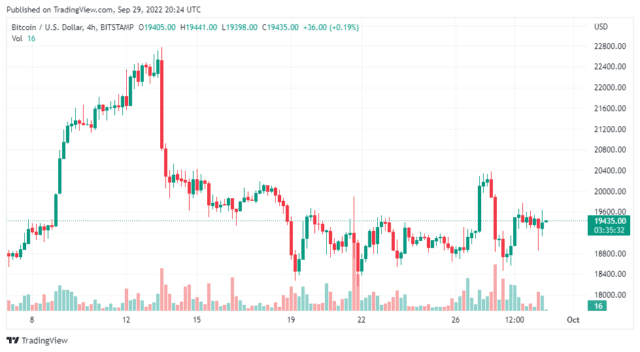One of the most notable features of cryptocurrency is its ability to enable instant cross-border payments, which has attracted a widening number of territories so far. Around 105 countries have tapped the technology, with some currently in the final stages of launching their Central Bank Digital Currency (CBDCs), like China. Others, like Sweden and Israel, are testing the prototypes.
As per an official blog post of Wednesday, Bank for International Settlements (BIS), known to be the Central Bank for other countries’ Central Banks, is leading an ‘Icebreaker’ program to explore CBDC efficiency in international remittance and retail payments. The project involves the Innovative Hub of BIS, Nordic Centre, alongside the three central banks representing Norway, Israel, and Sweden.
Related Reading: Facebook And Instagram Will Allow Users To Connect Their Crypto Wallets
BIS, an association of 61 central banks, runs its innovative hubs located in different regimes. The platforms conduct research and test new financial tools that can facilitate international money transfers in a better way.
Similarly, the BIS is now exploring Central Bank Digital Currency (CBDCs), among others. These entities will explore the CBDC till ending this year, with the final report expected to come in the first quarter of 2023.
The new Icebreaker hub, under the supervision of BIS, will set the environment for Central Banks to connect their domestic proof-of-concept CBDCs systems and test the functionality and efficiency of different interlinked CBDCs for cross-border payments.
The hurdles in the international payment transferred methods, like high fees, limited access, and lengthy processes, have pushed the Bank of International Settlements Innovative Hub (BISIH) to test the blockchain-based financial tool.
Likewise, the newly designed architecture that relies on correspondent banking systems will enable instant retail CBDCs money transfers beyond the countries with cheaper costs than existing methods.
International Transfer’s High Cost Pushing Central Banks Towards CBDCs
Head at Innovative Hub Nordic Centre, Beju Shah, commented on this initiative and added;
This first-of-a-kind experiment will dig deeper into the technology, architecture and design choices and trade-offs, and explore related policy questions. These learnings will be invaluable for central banks thinking about implementing CBDCs for cross-border payments.
Notably, the BIS successfully completed a CBDCs pilot program last week. That involved the Central Bank of China, Hong Kong, Thailand, and the UAE. The project featuring custom-built-distributed-ledger technology successfully moved $22 million in foreign exchange trading in testing.
Deputy Governor at the Central Bank of Israel, Andrew Abir, stated;
Efficient and accessible cross-border payments are of extreme importance for a small and open economy like Israel and this was identified as one of the main motivations for a potential issuance of a digital shekel. The results of the project will be very important in guiding our future work on the digital shekel.
Related Reading: Despite Declining Marketshare, USDT Still Remains Top Stablecoin
The year 2022 has seen a lot of countries involved with CBDCs in search of a more efficient and cheaper option to commit international transactions. While multiple central banks have reached in final stages of launching their digital fiat, Malaysia, Singapore, Australia, and South Africa have also announced testing CBDCs in joint.
Featured image from Pixabay and chart from TradingView.com


